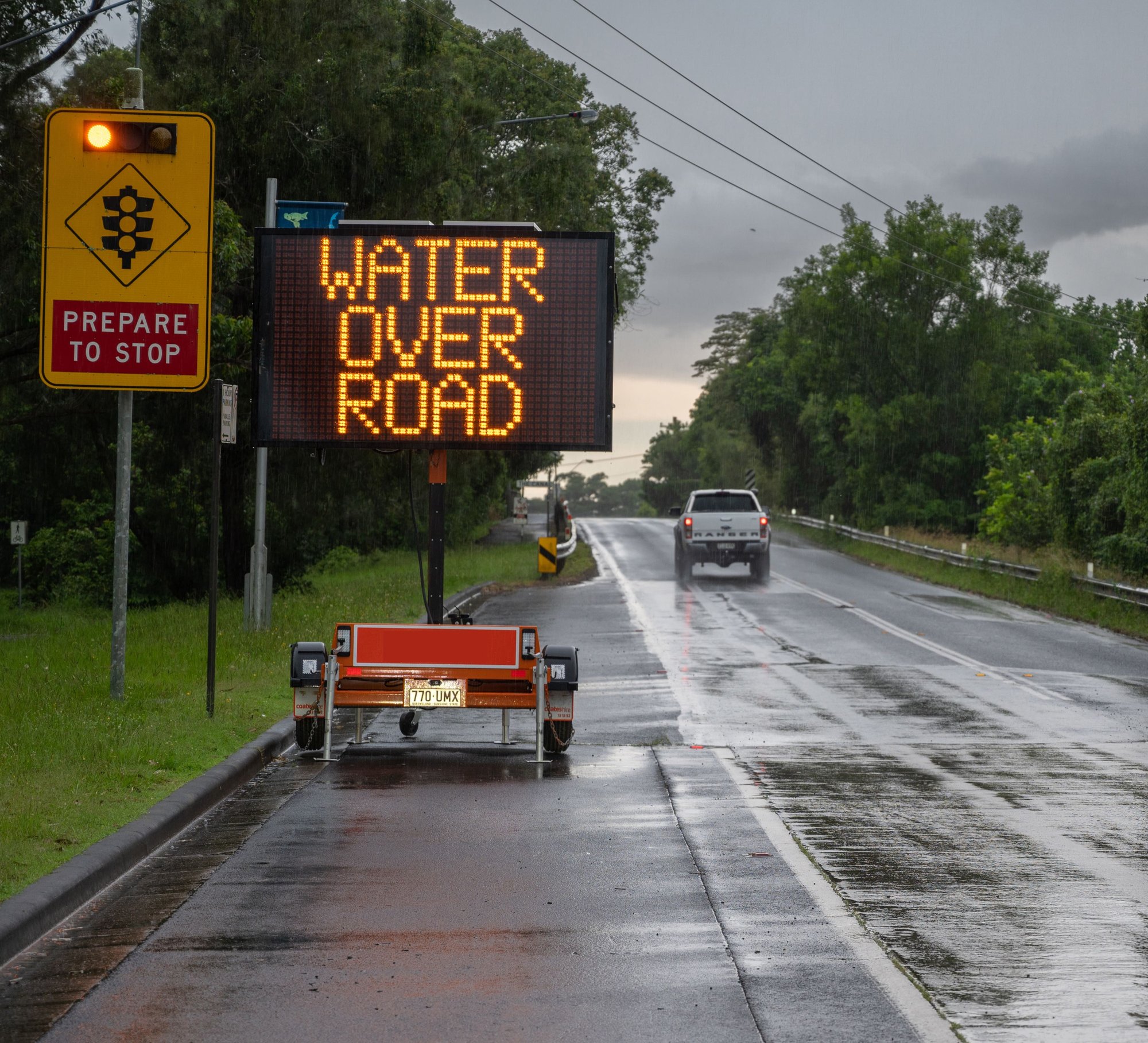Key Issues
Disaster Resilience and Mitigation
Communities should be protected from natural disasters through sustained investment in mitigation and long-term strategies that reduce risk and improve insurability.
Insurance plays a vital role in protecting Australian consumers, businesses, and communities- particularly as the frequency and severity of natural disasters increases However, escalating exposure to natural perils is placing growing pressure on the affordability and availability of insurance in vulnerable regions. If left unaddressed, these pressures could result in entire communities being unable to access essential cover. Current forecasts predict that by 2030, one in every 25 homes could become “effectively uninsurable” due to increasing risk of natural perils.
This trend not only jeopardises individual financial security but also weakens Australia’s economic and social resilience. Reducing risk at the source is essential to safeguarding long-term insurability.

Investing in Resilience
Australia’s current disaster spending is heavily skewed towards recovery, with 97% of public funding allocated to post-disaster clean-up and just 3% directed to mitigation and preparedness. This imbalance is unsustainable, particularly when mitigation is proven to be cost-effective, delivering an estimated $13 in savings for every $1 invested.
Effective mitigation protects communities, reduces the scale of damage, and helps to maintain stable insurance markets. It also ensures that Australians can continue to access appropriate cover, even in areas of higher risk.
NIBA’s Advocacy Focus
To improve resilience to natural disasters, NIBA advocates for:
- Empower local governments and communities to implement targeted risk-reduction strategies appropriate to their unique exposure profiles;
- Fund large-scale mitigation infrastructure in high- exposure areas to protect property and support sustainable insurance markets;
- Provide financial support for property-level mitigation works, enabling homeowners to strengthen their homes against future events;
- Review land use planning frameworks to prevent development on high-risk flood plains and prioritising development in areas with a low risk of extreme weather.
- Ensure that disaster mitigation efforts are aligned with environmental and sustainability goals, including climate resilience and biodiversity protection.
A national strategy that prioritises resilience over recovery will help protect Australia’s economic and social fabric and ensure insurance remains available, affordable and effective for all Australians.
